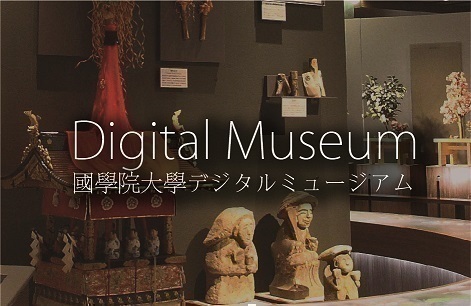- トップ
- Encyclopedia of Shinto
- Myōken shinkō
Encyclopedia of Shinto
| Main Menu: | |
| Links: |
詳細表示 (Complete Article)
| カテゴリー1: | 6. Belief and Practice |
|---|---|
| カテゴリー2: | Folk Religion |
| Title | Myōken shinkō |
| Text | Worship of the bodhisattva Myōken, who is the deification of the North Star and Ursa Major (the Big Dipper). The bodhisattva Myōken is also referred to as Myōken Daishi, Sonshōō, and the bodhisattva Hokushin. She is prized as the protector of the nation, the suppressor of calamity, and the a provider of long life and happiness. Although the image of Myōken has no fixed iconic representation, she is often depicted with two or four arms, holding a lotus flower crowned with the seven stars of Ursa Major in her left hand and making the hand gesture (mudra) of preaching the Dharma with her right hand. Sometimes Myōken is represented as holding a writing brush, sword, or the sun and moon. Still other times Myōken is depicted riding a tortoise, snake, or blue dragon. An image at the Tendai Buddhist temple Onjōji (also known as Miidera) combines elements of both Myōken and the deity Kichijōten. The North Star is also referred to as hokushin. In China, the North Star was regarded as the supreme deity that ruled over the entire universe because it appeared as if the constellations revolved around the North Star. From ancient times, the North Star was combined with the popular Ursa Major faith. Thus, it was believed that Ursa Major received the decrees of the North Star and thereby governed the human life span and material fortunes. North Star belief was brought to Japan where this star was deified as the bodhisattva Myōken in the Shingon Buddhist school and as Sonjōō ("revered star king") in the esoteric school of Tendai Buddhism. Rituals to both Myōken and Sonjōō were widely practiced and included prayers for protection from misfortune, increased wealth, and the protection of the nation. The seventh star of Ursa Major is called hagunsei ("army-destroying star"). As a result, in the medieval period, powerful regional families such as the Chiba, Sōma, and Ōuchi worshipped this star as the guardian deity of warriors. The spread of Myōken faith to the general population occurred during and after the medieval period as a result of its promotion by Nichiren Buddhism. During a sutra-chanting ritual at the Jōmyōji temple in Ise, the priest Nichiren was deeply moved at the sight of the North Star and came to regard the star as the guardian deity of Nichiren Buddhism. As a result, the star became widely revered at Nichiren temples. Also of note is the Myōken Hall of the Shinnyōji temple at Toyono-gun, Nose-chō in Osaka Prefecture, widely known as the Nose Myōken, where the deity-summoning (kanjō) ritual was conducted from the beginning of the early modern period. — Iwai Hiroshi |




